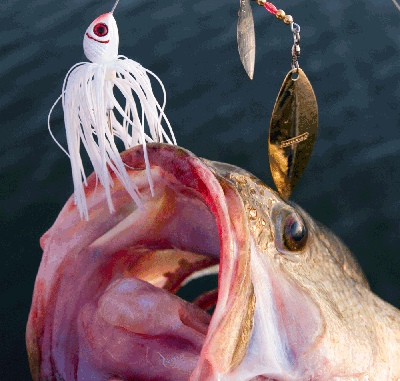
Deer and bass are known for traveling edges. An edge is just an area where one kind of habitat meets another.
Take, for example, the edges of sloughs. When they are natural sloughs that haven’t become part of a larger reservoir, deer travel them with amazing regularity.
These edges remain in place when they are flooded as part of a larger lake, and rather than deer traveling them, bass patrol them looking for something to eat.
Some edges — like sloughs, channels and grass beds — are obvious. Even the edge of muddy water and clear water is easily identified by bass anglers.
However, there is another kind of bass-fishing edge that frequently flies under the radar.
“When you’re looking for a shady spot to bass fish,” began Simsboro tournament angler Sid Havard, “look for the edge where the shade meets sunny water. Just like they do with muddy and clear water, bass will use that shade edge to setup an ambush spot for baitfish swimming by in the sunny water.”
Rather than fish just the shade pocket, Havard makes sure to position his boat so that he can work a 3/8-ounce, white Stanley spinnerbait down the entire length of a shade edge.
“I want to run it right on what I think is the edge, where I see the contrast from shade to sun,” he explained. “That shade line is another kind of edge that a lot of anglers overlook.
“And the great thing about shade edges is there is likely to be more than one in the same small areas.”
Rather than mess up the whole spot, Havard takes the time to reposition his boat so he can work the entire edge and not just cut across it at an angle that doesn’t keep his bait working along the edge for the entire cast.
“Sometimes it’s just a matter of moving the boat just a few inches,” he insisted. “I’m not going to cast until I know I can maximize the time that my spinnerbait is in the water by keeping it in the strike zone along that shade the whole time it’s in the water.”


